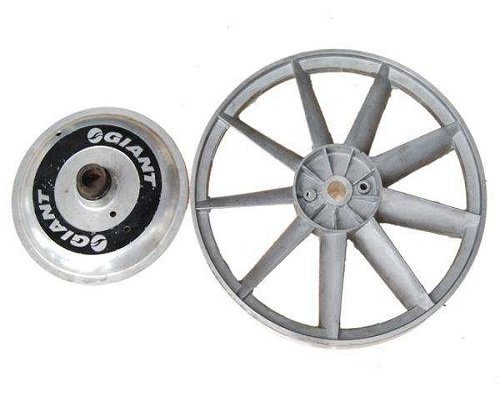Zinc Alloy Die Casting Mold
Zinc alloy die casting is a process used to create parts and products from zinc alloys. These alloys are durable, cost-effective, and can be easily formed into a variety of shapes and sizes. Haifu Mould, a leading manufacturer of high-quality molds, has extensive experience in creating zinc alloy die casting molds for a variety of industries. In this guide, we’ll cover everything you need to know about the zinc alloy die casting process, including tips for optimizing your mold design, important notes for processing, and common uses for zinc alloy die castings.
What is Zinc Alloy Die Casting?
Zinc alloy die casting is a manufacturing process that involves injecting molten zinc into a mold to create a specific shape or part. This process is often used to create parts for the automotive, aerospace, and electronics industries, as well as for household items like door handles and knobs.
Zinc alloy die casting is valued for its precision and accuracy in producing intricate forms and components. Additionally, zinc alloys have excellent corrosion resistance, making them ideal for use in harsh environments.
Process
The zinc alloy die casting process involves several steps, each of which is critical to ensuring a high-quality final product.
- Mold Design
The first step in the zinc alloy die casting process is designing the mold. The cavity and the core are the two main components of the mold, which is normally composed of steel. The cavity is where the molten zinc will be injected, while the core helps to shape the final product.
When designing the mold, it’s important to consider factors like the size and shape of the final product, as well as any surface finish requirements. Haifu Mould’s experienced team of engineers can help you design a mold that meets your specific needs and requirements.
- Mold Preparation
Once the mold design is complete, the mold must be prepared for use. This typically involves cleaning and lubricating the mold to prevent sticking and ensure a smooth injection process.
- Melting the Zinc Alloy
Next, the zinc alloy must be melted down to a liquid form. This is typically done in a furnace, where the alloy is heated to a specific temperature and held until it is completely molten.
- Injection
Once the zinc alloy is melted, it is injected into the mold using a high-pressure injection machine. Molten zinc flows into the space, where it solidifies to adopt the form of the mold.
- Cooling and Ejection
After the zinc alloy has been injected into the mold, it must be cooled to solidify and take on its final shape. Once the part has cooled, it is ejected from the mold and any excess material is trimmed away.
Notes for Processing
There are several important notes to keep in mind when processing zinc alloy die castings. These include:
- Surface Finish
Zinc alloy die castings can have a variety of surface finishes, including electroplating, painting, and powder coating. When designing your mold, it’s important to consider the surface finish requirements and ensure that the mold can produce the desired finish.
- Mold Release
Zinc alloy die casting molds often require the use of a mold release agent to prevent sticking and ensure a smooth injection process. It’s important to use the correct type and amount of mold release to prevent defects in the final product.
- Porosity
Zinc alloys have a tendency to develop porosity during the die casting process. This can lead to defects like surface bubbles and reduced strength. To minimize porosity, it’s important to maintain proper injection speed and pressure and to use high-quality materials.

